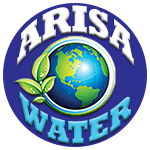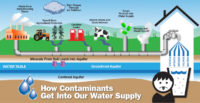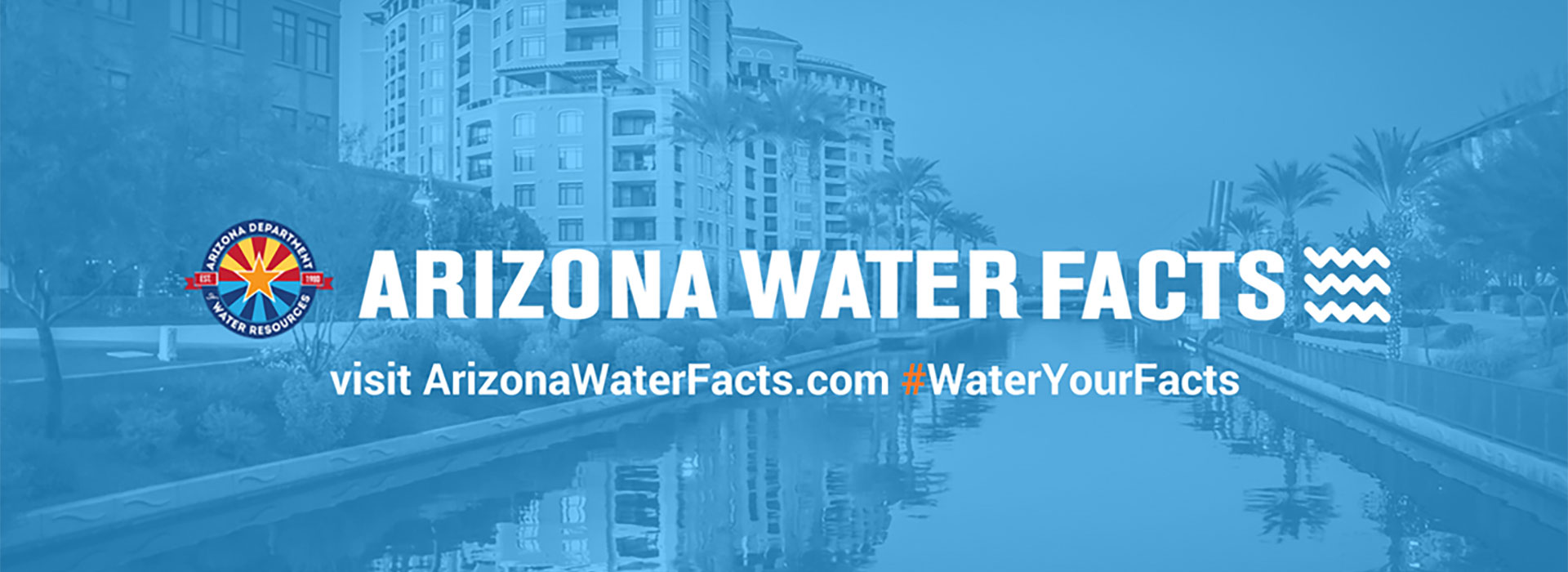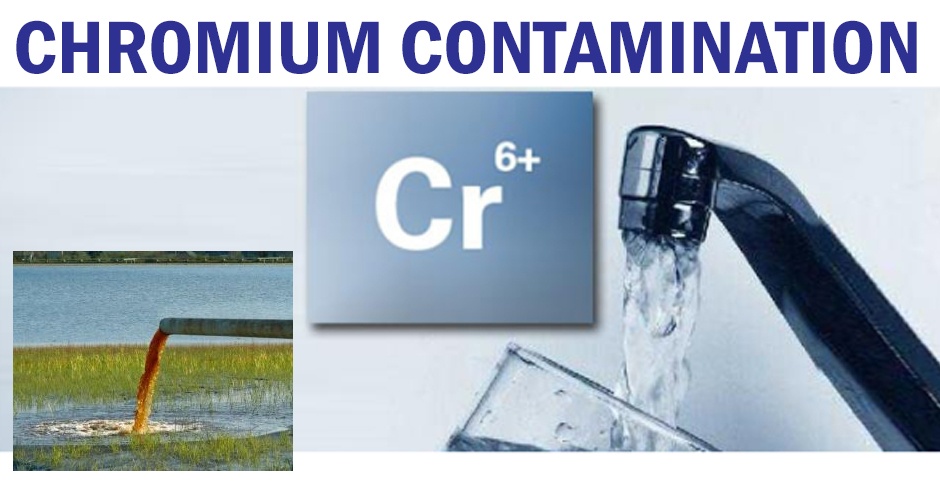Coliform Bacteria in Drinking Water
Even though public water treatment agencies do an awesome job of keeping our water clean, changes in the water source can cause serious consequences. If the water supply becomes contaminated, consumers can become seriously ill. Fortunately, public water systems take many steps to ensure that the public has safe, reliable drinking water. One of the most important steps is to regularly test the water for coliform bacteria.
What are coliform bacteria?
Coliform bacteria are organisms that are present in the environment and in the feces of all warm-blooded animals and humans. Their presence in drinking water indicates that disease-causing organisms (pathogens) could be in the water system. Most pathogens that can contaminate water supplies come from the feces of humans or animals. There are three different groups of coliform bacteria; each has a different level of risk.
Total coliform, fecal coliform, and E. coli
Total coliform, fecal coliform, and E. coli are all indicators of drinking water quality. The total coliform group is a large collection of different kinds of bacteria. Fecal coliforms are types of total coliform that mostly exist in feces. E. coli is a sub-group of fecal coliform. When a water sample is sent to a lab, it is tested for total coliform. If total coliform is present, the sample will also be tested for either fecal coliform or E. coli, depending on the lab testing method.
 Total coliform bacteria are commonly found in the environment (e.g., soil or vegetation) and are generally harmless. If only total coliform bacteria are detected in drinking water, the source is probably environmental. Fecal contamination is not likely. However, if environmental contamination can enter the system, there may also be a way for pathogens to enter the system. Therefore, it is important to find the source and resolve the problem.
Total coliform bacteria are commonly found in the environment (e.g., soil or vegetation) and are generally harmless. If only total coliform bacteria are detected in drinking water, the source is probably environmental. Fecal contamination is not likely. However, if environmental contamination can enter the system, there may also be a way for pathogens to enter the system. Therefore, it is important to find the source and resolve the problem.
Fecal coliform bacteria are a sub-group of total coliform bacteria. They appear in great quantities in the intestines and feces of people and animals. The presence of fecal coliform in a drinking water sample often indicates recent fecal contamination, meaning that there is a greater risk that pathogens are present than if only total coliform bacteria is detected.
E. coli is a sub-group of the fecal coliform group. Most E. coli bacteria are harmless and are found in great quantities in the intestines of people and warm-blooded animals. Some strains, however, can cause illness. The presence of E. coli in a drinking water sample almost always indicates recent fecal contamination, meaning there is a greater risk that pathogens are present.
A note about E. coli: E. coli outbreaks receive much media coverage. Most outbreaks have been caused by a specific strain of E. coli bacteria known as E. coli O157:H7.
How can I protect my family from a possible coliform outbreak in my water?
Ultra-violet lights (UV Lights) are the best way to remove coliform and other pathogenic/bacterial contaminants. This can be done very easily and economically. UV Lights can be for only a reverse osmosis system or can be used for a whole house. Arisa Water has alternatives for both methods of treatment. Existing reverse osmosis systems can also be upgraded by adding the UV light attachment and re-plumbing the system. We’re here to help you determine which method works best for your family.






